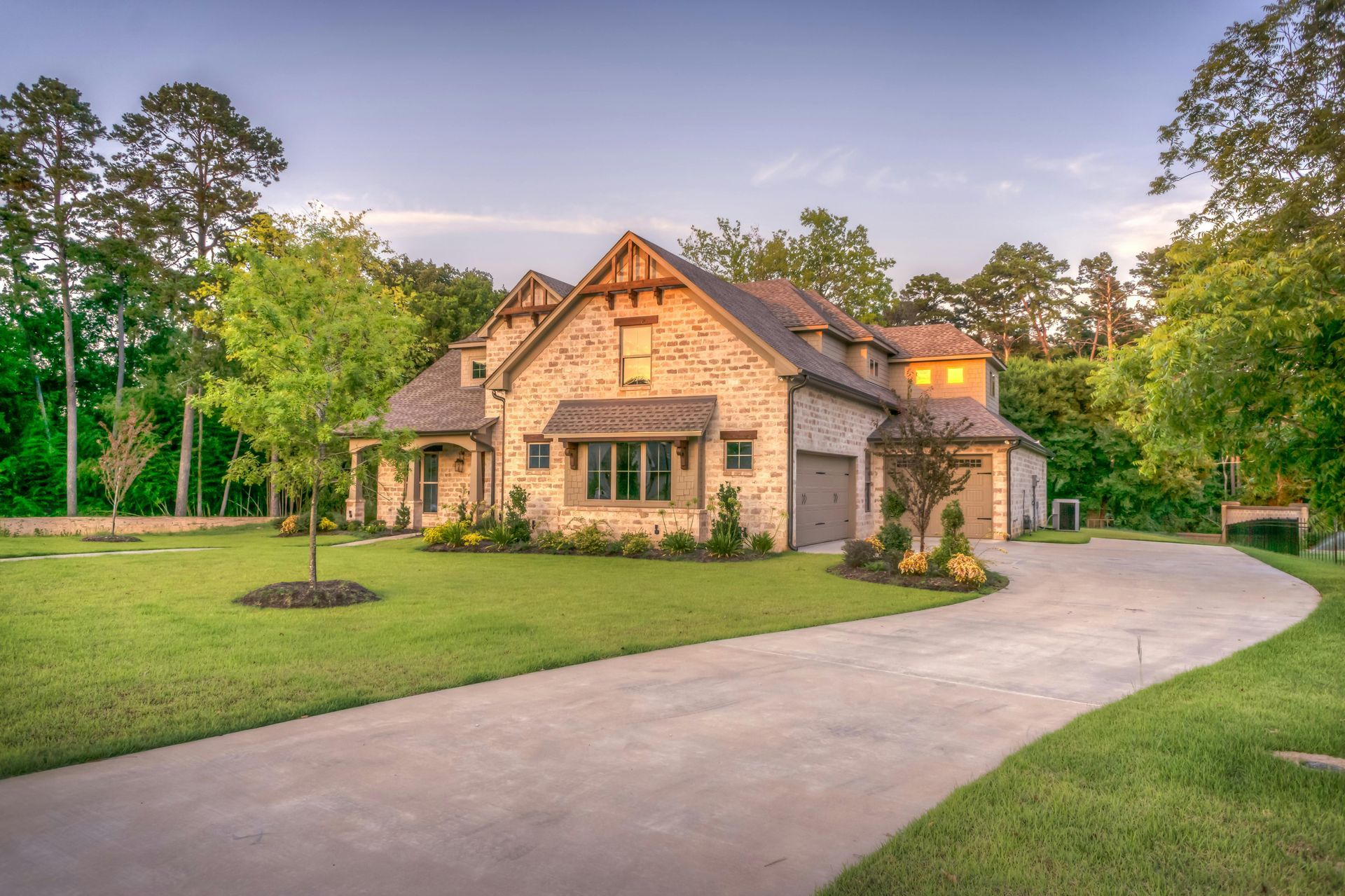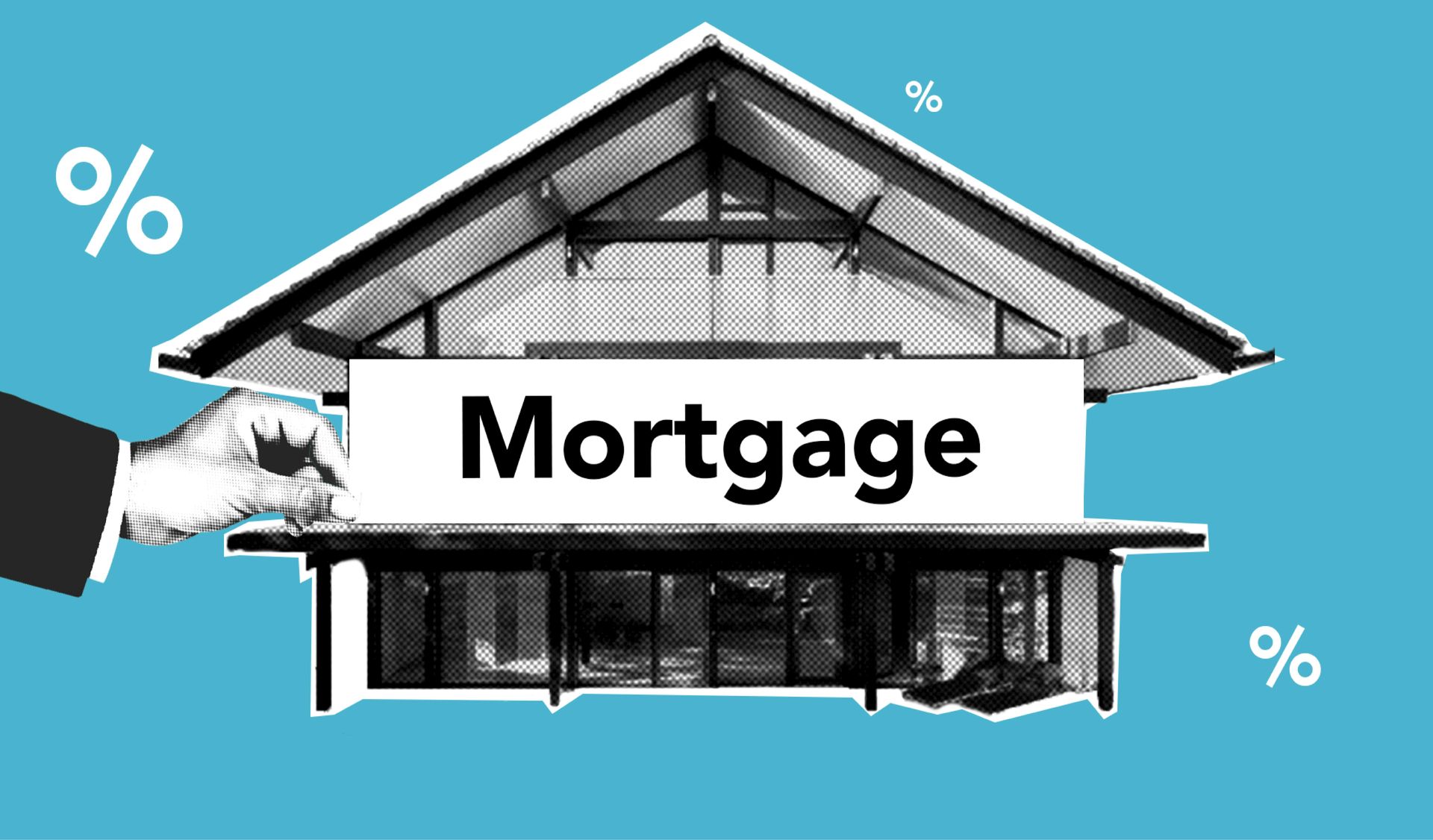What is Mortgage Insurance?
What Every Homebuyer Should Know About Mortgage Insurance
Mortgage insurance is a financial safeguard for lenders, not borrowers, providing protection in case a borrower defaults on their home loan. It’s primarily used to offset the increased risk associated with loans that involve smaller down payments. “Mortgage insurance” can take on different name(s) depending on the type of loan, but in the end its purpose is still the same. Typically, mortgage insurance is required when the down payment is less than 20% of the home’s purchase price. Below is an overview of the most common loan types and how mortgage insurance applies to each.
Conventional Loans:
Private Mortgage insurance (PMI) is typically required for conventional loans when the down payment is less than 20% of the home’s purchase price. Lenders secure this insurance through third-party providers and compare options to find the most suitable coverage. The mortgage insurance can be paid either monthly as part of your regular payment, which is the most common option—or as a single premium lump sum at closing.
The cost of mortgage insurance can vary based on several key factors, including:
- Borrower’s credit score
- Debt-to-income (DTI) ratio
- Loan-to-value (LTV) ratio
- Loan amount
- Occupancy type (primary residence, second home, or investment property)
FHA Loans:
Mortgage insurance is required regardless of how much of a down payment is put down. There are 2 types:
1. Upfront Mortgage Insurance Premium (UFMIP): A one-time fee paid at closing, typically 1.75% of the loan amount. This can be paid in cash or rolled into the loan. Most commonly it is rolled into the loan.
2. Annual Mortgage Insurance Premium (MIP): A recurring fee paid monthly as part of your mortgage payment. The amount depends on the loan amount, term, and loan-to-value (LTV) ratio.
VA Loans:
Does not require mortgage insurance, this is one of the main benefits of a VA loan. They do, however, require a VA FUNDING FEE unless exempt. The VA funding fee is calculated as a percentage of the loan amount and is most commonly rolled into your loan. The cost varies based on several factors.
· Type of Service
· Down payment Amount
· First Time vs. Subsequent Use
USDA Loans:
Mortgage insurance is required regardless of how much of a down payment is put down.
There are 2 types:
1. Upfront Guarantee Fee (UGF) – Typically its 1% of the loan amount and can be financed into the loan or paid upfront at closing.
2. Annual Guarantee Fee (AGF)- This is a monthly cost that is part of your payment. For most USDA loans, it’s calculated at .35% of the loan amount, divided by 12 months.
*It’s important to choose the right loan officer who can help educate you on all your financing options and the advantages and disadvantages of each.
Jesse Young- Neighborhood Loans - 817-939-1467 direct











